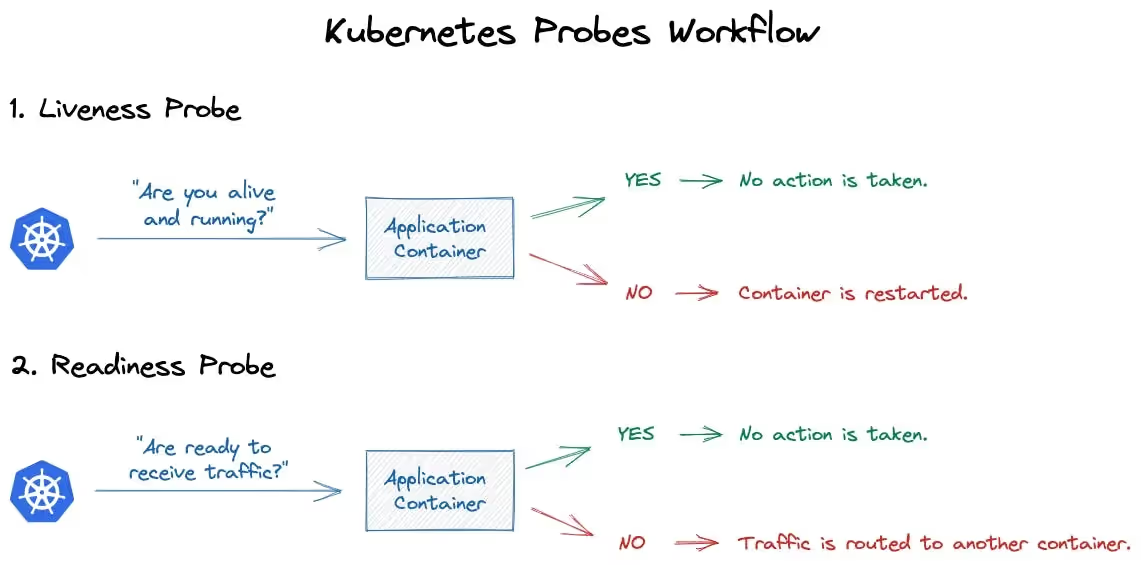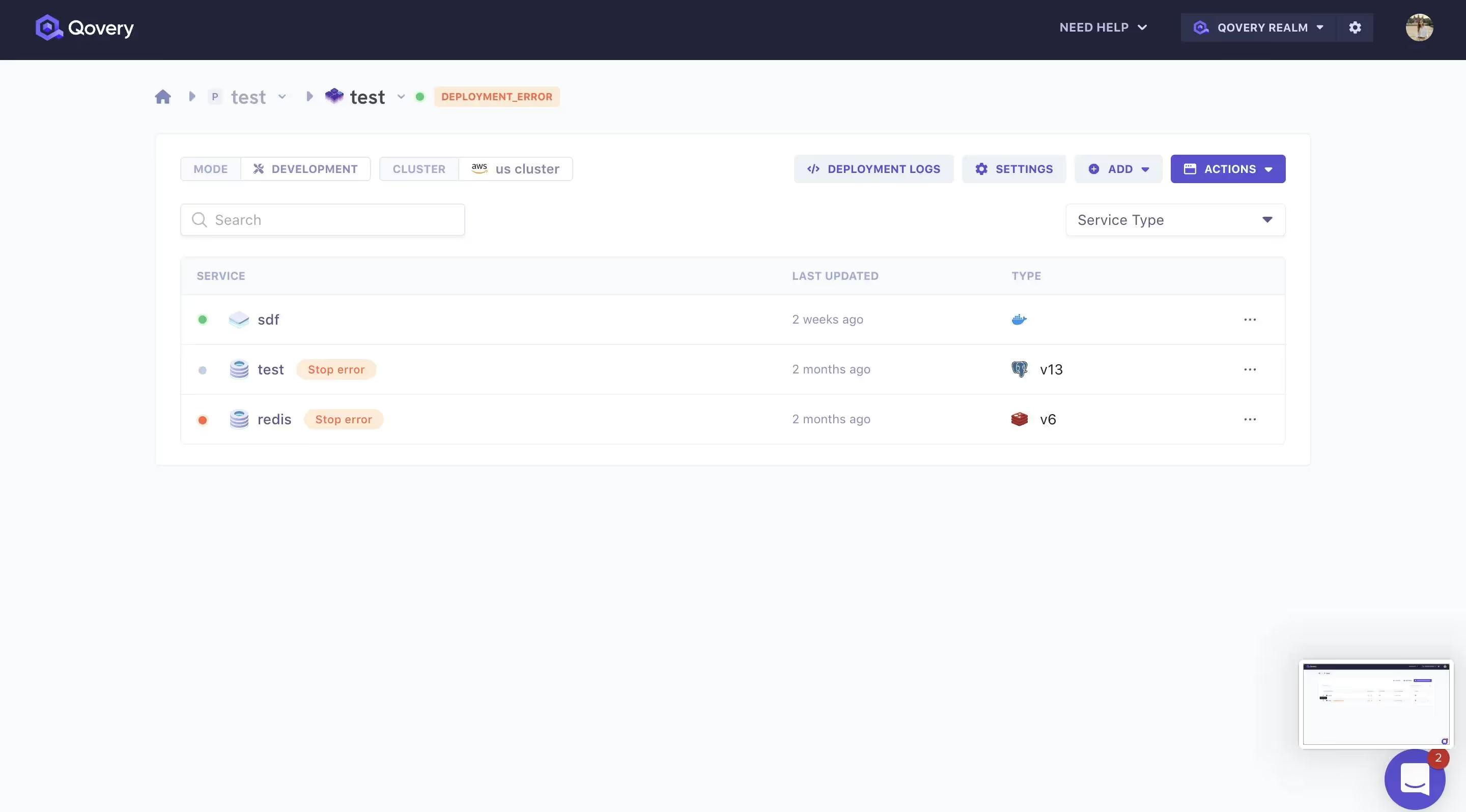Webhook, New Advanced Feature for application, Add admin email in organization settings...
Webhook
Qovery allows you to create webhooks at organization level so that you can get notified on external applications when an event happens in an environment within your organization. For instance, you can get notifications on Slack:
Slack + Qovery
If you'd like to automatically notify your team on a Slack workspace whenever a change has occurred on your apps, this Integration will help you out. You can choose which actions should trigger messages on your Slack workspace. To learn more about it, check out our documentation.
Here is also a quick demo of how Qovery works with Slack 👇🏻
Check out the new documentation to see all those Webhooks’ power.
New Advanced Feature for application
While the advanced settings are not yet available on the console, you can set them up from the Qovery API endpoint and, during the last sprint, our team added quite a few advanced settings to what was already available, including:
Kubernetes Probes
With Kubernetes probes, you can perform health checks to ensure your applications run smoothly. You can configure:
- Liveness probes: to check if the application container is alive (passing) or dead (failing). If the check fails, the dead container is restarted to attempt to heal the application.
- Readiness probes: to check if the application container is ready to receive requests (as even alive containers can enter phases where they cannot handle incoming traffic). Kubernetes only routes traffic to the application if the check succeeds.

Application Deployment
There is two main addition in the application deployment:
build.timeout_max_sec
This allows you to specify an interval, in seconds, after which the application build times out.
deployment.custom_domain_check_enabled
Which disables custom domain check when deploying an application
To know more about it, here is our documentation.
Auto-scaling
The option triggers the Auto-scaling when a specific CPU utilization metric is reached (for instance, 40%). This advanced setting allows you to set this metric.
Network Settings
A lot has been added to this section, and our documentation can tell you everything about it but to summarize, there is three main addition:
deployment.custom_domain_check_enabled
Qovery allows you to set custom domains for your applications through the addition of a CNAME record to your domain's DNS settings. By default, when an application is deployed, Qovery checks that the CNAME record is set up correctly. This advanced setting allows you to disable this check.
network.ingress_proxy_body_size_mb
Allows you to set, in megabytes, a maximum size for resources that can be downloaded from your server.
network.ingress_cors_enable
Allows you to enable Cross-Origin Resource Sharing (CORS).
For more information on CORS and when to enable it, see Cross-Origin Resources Sharing.
To know everything about advanced settings, check out the complete documentation.
Add admin email in organization settings
A small change here but very useful; we wanted to allow you to specify an administration email so that you can receive important communications on this mail; you can find this field in the organizations settings.

Add environment and application status
With this one, we wanted to fix some users’ incomprehension when they look at their service/environment: is my service/environment running correctly? Before, the coloured circles in each table and the text next to the env/service name received the same information. Still, we decided to split running status and deployment statuses for both services and environment so you can see if everything is running correctly, like in the example below where the application is running but not the database:

As you can see, the application is running, but there is an error that, in this case, is coming from the database.

Smaller improvements and fixes
- Add the link to cluster setup documentation
- Prevent a user from deleting the GitHub app if the user uses its GitHub repo to deploy applications

.webp)



.svg)
.svg)
.svg)

